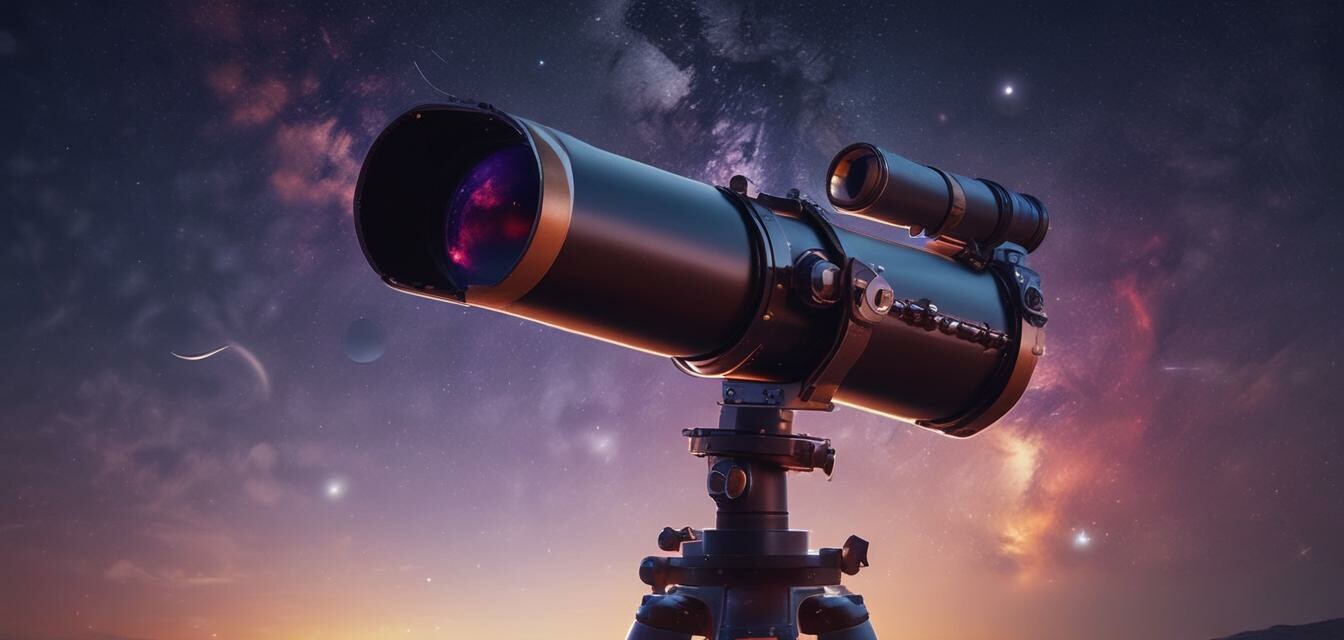
Achieving optimal focus when observing planets
- Understanding the importance of focus for planet observation.
- Techniques to fine-tune your telescope's focus.
- Using tools and methods for better visual outcomes.
- Common challenges and how to overcome them.
When it comes to stargazing, particularly observing planets, achieving the perfect focus can make all the difference in capturing sharp, clear images. Whether you are a novice or an experienced astronomer, knowing how to adjust focus effectively is crucial. In this article, we'll cover various techniques and tips to help you enhance your observation skills.
Why focus is important
Proper focus is vital for planet observations as even the slightest misalignment can lead to blurry images and fatigue for the viewer. Sharp images not only enhance the enjoyment of stargazing but also play a significant role in collecting data if you are into amateur astrophotography. A well-focused image allows you to see more details of planetary features.
Techniques for fine-tuning focus
1. Use a Barlow lens
A Barlow lens is an excellent tool that doubles your telescope's magnification power. By using one, you'll find it easier to focus on planets, as higher magnification helps to bring about clearer details.
2. Focusing using the eyepiece
- Start with lower magnification and slowly increase it as you achieve better focus.
- Make tiny adjustments; large changes might lead you off-target.
- Practice patience; variable atmospheric conditions can affect focus.
3. Star test method
The star test is an acclaimed method to check and refine your telescope's focus. Point your telescope at a bright star and adjust the focus inward and outward. The objective is to achieve a symmetrical pattern around the star. Here’s how to do it:
- Find a high-contrast star in the night sky.
- Focus inward until the star becomes a small disk.
- Then, focus outward until it transitions back to a disk.
- Adjust until you witness the most symmetrical disk.
4. Utilize a focus aid
Consider using accessories like a laser collimator or a digital focus controller for precision. These tools help in achieving optimal focus more efficiently.
Tools to enhance your focusing experience
| Tool | Purpose |
|---|---|
| Barlow Lens | Increases magnification for improved focus. |
| Collimator | Ensures optical alignment for better focus. |
| Digital Focusing Aid | Provides a more definitive approach to focusing. |
Common challenges in focusing
Even experienced astronomers face challenges when focusing their telescopes. Below are common obstacles:
- Atmospheric turbulence: Atmospheric conditions can distort images.
- Scope misalignment: Ensure your scope is aligned properly.
- Inaccurate eyepieces: Using eyepieces of varying quality can affect focus.
Troubleshooting focus issues
If you encounter issues with focus, try the following:
- Check and realign your telescope.
- Switch to a different eyepiece and test.
- Adjust for temperature changes; warming or cooling equipment can affect focus.
Pros
- Improved visual clarity.
- Enhanced observation experience.
- Ability to capture detailed images of planets.
Cons
- Requires practice and patience.
- Can be affected by external conditions.
- Some tools may require additional investment.
Conclusion
Fine-tuning the focus when observing planets can significantly enhance your stargazing experience. By practicing the techniques discussed in this article, you’ll develop a sharper eye for detail and improve your overall observational skills. Don’t forget to explore our additional resources on Tips and Tricks to maximize your astronomical adventures.
Further resources
For more information on selecting the right telescope or accessories, check out our comprehensive Telescope Accessories page.